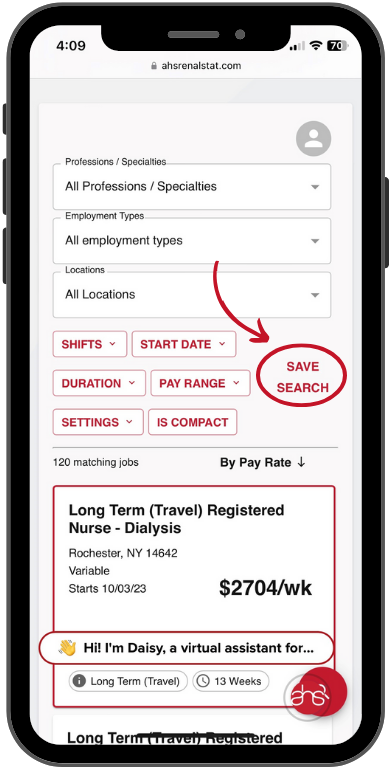The bundled payment system for dialysis services seems to have little affect on the medications nephrologists use to treat bone and metabolism disorders in dialysis patients, according to a new report from BioTrends Research Group.
The new report, “ChartTrends: Bone and Mineral Metabolism in Dialysis,” is the seventh in an annual series.
The study was conducted with 226 U.S nephrologists who completed detailed chart reviews for 1,061 dialysis patients. This is also the second ChartTrends report published since the dialysis bundle legislation was implemented in January 2011.
The study found that nephrologists tend to overestimate the percent of dialysis patients being treated with phosphate binders and that, compared to just one year ago, dialysis-audited prevalence of binders has declined. This binder treatment prevalence level is approaching that of Europe, which historically has been lower than the United States.
Dialysis patients with known or suspected arterial calcification are directionally more likely to be treated with phosphate binders compared to those without calcification; yet the use of calcium-based binders does not differ between the two groups. Nephrologists appear to be initiating binder type (e.g., non-calcium vs. calcium) based on calcium levels with patients with higher calcium levels typically receiving non-calcium based binders such as Sanofi’s sevelamer (Renagel, Renvela) or Shire’s Fosrenol.
The study also found sevelamer is the market share leader in the dialysis patient population, with little change in share amongst the other binder brands compared to last year. Patients on non-calcium based binders (particularly Fosrenol) are more likely to be on Amgen’s Sensipar compared to those on calcium-based binders (particularly calcium acetate).
Sensipar, excluded from the bundle until 2014, appears not to be affected by bundling to date. Although some expected Sensipar to benefit from its bundle exclusion, the percent of hemodialysis patients treated with Sensipar has not changed compared to the prior year. This may be due in part to the liberalization of parathyroid hormone (PTH) goals implemented by a number of dialysis units. Compared to last year, more patients are started on Sensipar at PTH levels greater than 600 pg/mL and the overall mean PTH level at Sensipar initiation is significantly higher.
The study also evaluated referral patterns, co-morbidities, concomitant medications, hospitalizations and a other patient demographics and laboratory data. BioTrends is publishing ChartTrends: CKD (non-dialysis) reports later this year in both the United States and Europe.


